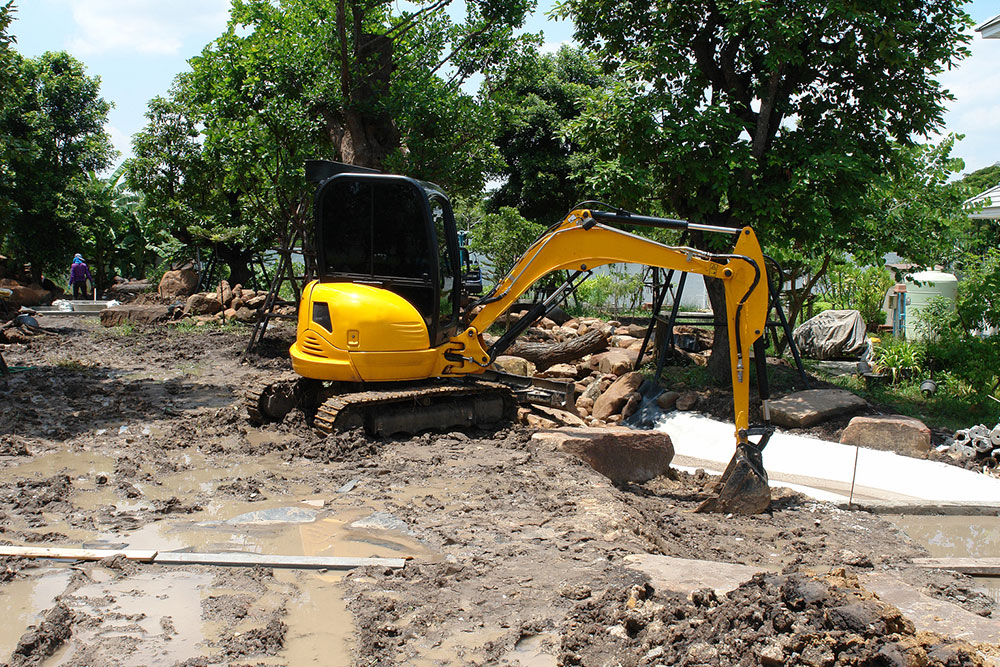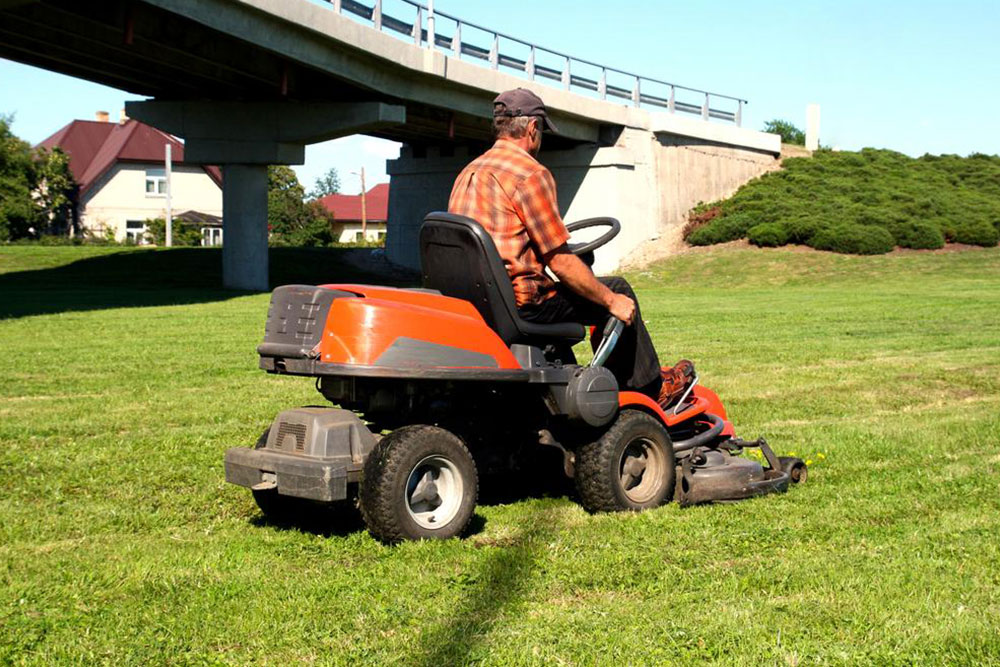Comprehensive Guide to Purchasing the Right Skid Steer Loader
This guide offers essential insights for selecting the right skid steer loader, focusing on needs assessment, machine features, and financial considerations. It ensures buyers make informed decisions to enhance productivity, safety, and value while choosing between new or used options. Proper evaluation and dealer support play vital roles in long-term satisfaction and operational success.

Comprehensive Guide to Purchasing the Right Skid Steer Loader
Skid steer loaders are essential equipment across construction, landscaping, agriculture, and forestry industries. Their compact design coupled with powerful performance and flexibility makes them suitable for various tasks and terrains. Making an informed purchase is vital, as skid steers represent a significant investment. This detailed guide walks you through key considerations to help you select the ideal machine for your specific needs.
Determine Your Specific Needs
Evaluate Your Project Requirements
Identify the types of jobs you'll perform. Since skid steers can handle digging, lifting, grading, and demolition, understanding your primary tasks will guide you in choosing the right size and features. Smaller models are perfect for minor landscaping, while larger units suit more demanding projects.Assess Your Operating Environment and Terrain Conditions. For confined spaces, select a more agile, compact model. Rugged or uneven terrain may require machines with elevated ground clearance and sturdy tires.
Engine Size and Power Considerations
Match engine capacity to your work volume. Light-duty tasks typically use models with 20-50 horsepower, while heavy-duty applications benefit from units exceeding 100 horsepower. Ensure the loader’s capacity aligns with your job’s demands.
New vs. Used Equipment
New Skid Steer Loaders
Opting for a new machine guarantees the latest features, higher fuel efficiency, and manufacturer warranties, offering peace of mind. However, this comes at a higher initial cost.
Used Skid Steer Loaders
Pre-owned skid steers can be economical choices if well-maintained. Always verify service records, inspect for wear, and confirm dealer warranties to ensure performance and reliability. They often depreciate less and may provide good value.
Key Features to Prioritize
Attachment Compatibility
Supporting various attachments—such as buckets, augers, and breakers—enhances versatility. Ensure your chosen model supports your preferred tools and features a quick-attach system to simplify switching tasks.
Operator Comfort and Safety
Select models with ergonomic cabins, excellent visibility, and intuitive controls. Features like adjustable seats, climate control, ROPS, and FOPS contribute to operator safety and efficiency.
Maintenance and Support
Pick machines designed for easy maintenance. Accessible service points, clear schedules, and a reliable dealer network are essential for minimizing downtime and ensuring longevity.
Fuel Efficiency and Emission Standards
Modern skid steers focus on fuel economy and emission compliance, helping reduce operational costs over time.
Financial Considerations
Budget and Financing Options
Establish a realistic budget and explore financing choices such as leasing or installment plans. Remember to factor in total ownership costs, including maintenance and insurance.
Return on Investment
Estimate how the skid steer will improve productivity and lower labor expenses. A well-selected model can generate substantial savings and boost your business profitability.
Inspection and Trial Before Purchase
Inspect the equipment thoroughly for damage or wear, and conduct a test drive to assess controls and comfort. This step confirms the machine’s suitability for your tasks.
Dealer and Manufacturer Reputation
Buy from reputable dealers with positive reviews and reliable service records. Strong dealer support is key to long-term satisfaction and performance.
Careful evaluation of your needs, project scope, and financial capacity will help you choose a skid steer that enhances productivity, safety, and value. Proper research and dealer partnerships are crucial for making the best investment.


